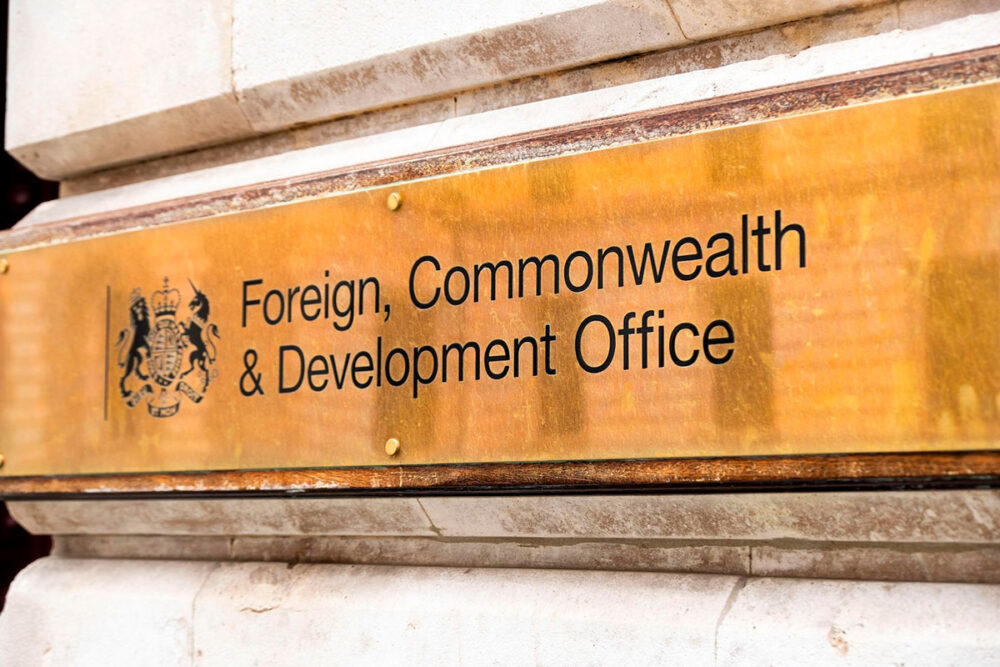The National Audit Office’s annual report on the top 20 defence equipment projects shows that, in the last year, the forecast cost has actually decreased by £700 million but on average each project has been delayed by two and a half months.
Jump to downloadsThe delays are mainly due to technical problems in three projects: CIP (which covers a number of software and hardware systems building on the Bowman communications project), Nimrod, and ASTOR (Airborne Stand-Off Radar). Timescales on 14 of the projects have not changed in the last year.
The decrease in the forecast cost is mainly due to changing requirements or reducing the quantity or capability of the equipment. The most significant decreases of this kind are for Future Joint Combat Aircraft where the MOD has removed provisions for extra capabilities such as for weapons that were due to be added later. It also found a more cost effective Helmet Mounted Display System and the combination of these and other measures led to a reduction of £428 million. The other two projects having significant decreases in forecast costs are Sting Ray Torpedo Life Extension and Beyond Visual Range Air-to-Air Missile.
The report examines in detail the assessment phase of projects. In the past the MOD has not spent enough time or resources to enable it to predict accurately how much projects will cost or how long they will take. The MOD’s approach to the assessment phase has improved but greater clarity is needed about when a project is ready to move out of this phase. This should include how the MOD will balance the levels of risk remaining on projects at the end of the assessment phase with benefits they aim to deliver.
In the assessment phase, the report also finds that there is further to go in developing robust cost estimates; it finds that there are signs that the MOD is engaging constructively with industry; and it highlights the need to identify the minimum and maximum requirements so that trade-offs can be made.
“The decrease in the forecast costs is a positive sign that the MOD is starting to bring its equipment programme under control. However, it is too early to judge whether this is the start of a sustained improvement in the MOD’s project management. Important in achieving this improvement will be a greater understanding of projects at the outset, including an objective assessment of risk and benefit, and that is why the assessment phase is so important.”
Sir John Bourn, head of the NAO
Downloads
- 0506595_I.pdf (.pdf — 1 MB)
- 0506595_I1.pdf (.pdf — 1 MB)
- 0506595_II.pdf (.pdf — 1 MB)
Publication details
- ISBN: 102936250 [Buy a hard copy of this report]
- HC: 595-I 2005-2006


